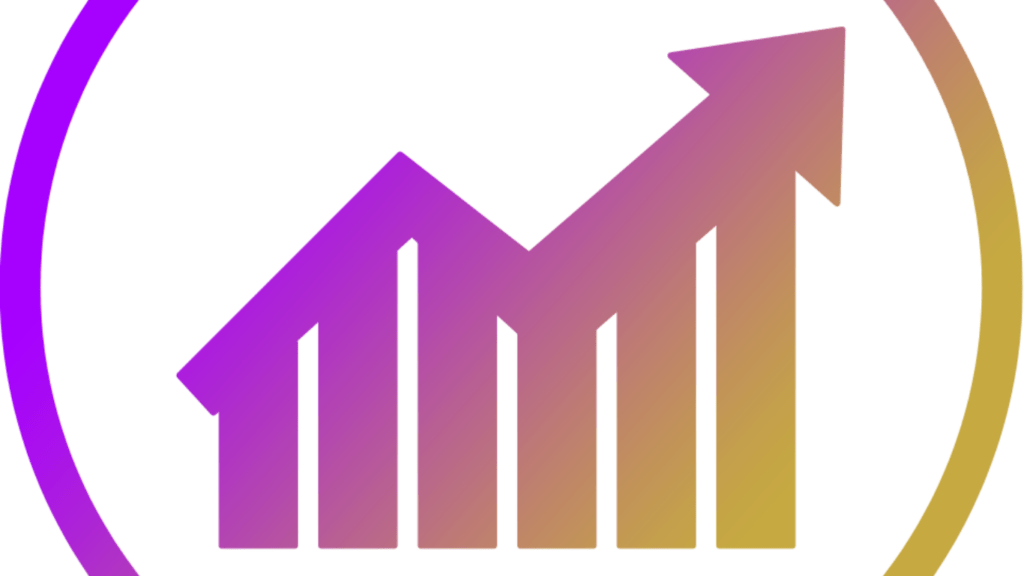Current Housing Market Trends
Analyzing current housing market trends, several factors emerge as significant. Inventory remains at historically low levels. For example, in the U.S., available homes for sale dropped by approximately 20% from the previous year [source].
The demand for homes continues to be high. Many buyers, especially millennials, look to enter the market for the first time. Additionally, the rise of remote work has allowed more people to move to suburban areas, increasing competition there.
Low-interest rates play a crucial role. Though slightly higher than the record lows of recent years, they still remain attractive, encouraging buyers to enter the market and secure mortgages.
In terms of prices, they’ve seen substantial growth. In 2022, the median home price in the U.S. increased by about 15% compared to 2021 [source].
I observe a notable trend towards investment. People prefer real estate as a stable and appreciating asset, driving increased purchase activity in both residential and rental properties.
Economic Factors Affecting Home Prices
Economic uncertainty has various effects, yet the housing market continues to experience rising prices. These factors drive the trend despite challenges.
Inflation and Purchasing Power
Inflation increases the cost of goods, eroding purchasing power. However, real estate often acts as a hedge against inflation. Buyers consider property investment reliable, expecting values to rise despite economic conditions. For example, a 15% surge in median home prices in 2022 highlights this trend. As inflation pushes other investments to underperform, more individuals turn to real estate. This demand further drives up home prices, creating a cycle of higher costs and increased interest in property investments.
Low Interest Rates
Low interest rates make borrowing cheaper, encouraging home purchases. Although rates have risen slightly, they remain historically low. For instance, rates below 4% are still attractive compared to past decades. Lower rates reduce monthly mortgage payments, making homes more affordable. This affordability increases demand, leading to higher home prices. Additionally, low interest rates incentivize refinancing, freeing up capital for property investments. Banks and lenders, seeking to profit, offer competitive rates to attract buyers, maintaining strong activity in the housing market.
Supply and Demand Dynamics
Home prices continue to rise due to the intricate relationship between supply and demand.
Shortage of Housing Inventory
- A significant factor is the shortage of housing inventory.
- According to the National Association of Realtors, the number of homes for sale fell by 20% over the past year.
- This scarcity drives competition among buyers, pushing prices higher.
- New construction hasn’t kept pace with demand, affected by labor shortages and increased material costs.
- As fewer homes become available, the existing ones command higher prices.
- Current homeowners are hesitant to sell, fearing they won’t find a new home in this competitive market, further tightening supply.
Increased Demand from Remote Work

Remote work has played a crucial role in increasing demand. Many people now prefer larger suburban homes, seeking more space and comfort. Zillow reported a 30% rise in searches for homes with an extra room or home office. This shift has led to increased demand in suburban areas, driving up home prices as more buyers compete for the limited supply. Remote work has also enabled people to move from high-cost urban centers to more affordable areas, spreading demand across wider geographic regions.
Government Policies and Stimulus
Government policies and stimulus packages play crucial roles in shaping home prices. Incentives and relief measures significantly impact buyer behavior and market trends.
Impact of COVID-19 Relief Measures
COVID-19 relief measures boosted homebuyer confidence and purchasing power. Programs like the CARES Act provided immediate financial support, including direct stimulus payments and enhanced unemployment benefits. These funds allowed many potential buyers to save for down payments.
Interest rates fell to historic lows as a result of Federal Reserve actions. Lower borrowing costs made mortgages more affordable, increasing demand for homes. Mortgage forbearance programs also helped distressed homeowners avoid foreclosure, reducing the number of houses entering the market and maintaining lower inventory levels.
Zoning and Development Regulations
Zoning and development regulations restrict the supply of new homes. Local governments use zoning laws to control land use, dictating where residential construction can occur. Restrictive zoning reduces available land for new housing, leading to higher home prices due to limited supply.
Development regulations, including building codes and environmental assessments, add time and cost to the construction process. These requirements protect public interests but also contribute to higher home prices by increasing the expenses developers incur.
By understanding how government policies and stimulus affect the housing market, you can gain insight into the dynamics driving rising home prices.
Regional Variations in Home Prices
Home prices vary significantly across different regions. These variations are influenced by factors like economic stability, population growth, and local demand and supply dynamics.
Urban vs. Suburban Pricing Trends
Urban and suburban areas experience different pricing trends. Urban areas, due to their proximity to amenities and job opportunities, often see higher demand and prices. For instance, in major cities like New York and San Francisco, home prices continue to escalate despite economic uncertainties. Conversely, the rise of remote work has led to increased interest in suburban regions. Suburban areas offer more space and affordability, causing home prices in these locations to grow rapidly. Examples include suburbs surrounding cities like Austin and Denver, where demand has surged for larger homes and outdoor space.
Regional Economic Stability
Regional economic stability plays a crucial role in home prices. Areas with:
- strong economies
- lower unemployment rates
- robust job markets
generally see higher home prices. For example, regions like the Pacific Northwest and parts of the Southeast exhibit steady economic growth, leading to rising home prices. On the other hand, areas with less economic stability or higher unemployment rates experience slower growth in home prices or even declines. The Rust Belt states, dealing with economic challenges, often see less aggressive price increases compared to economically thriving regions.


 Tara Salcedoner, the founder of Villa Estates Luxe, is a visionary leader in the luxury villa market, dedicated to providing valuable insights and resources for buyers, investors, and property managers. With a focus on current real estate trends and comprehensive market analysis, Tara ensures that the platform remains a trusted source of information. Her commitment to enhancing the luxury living experience through smart home technology and effective property management strategies has positioned Villa Estates Luxe as a premier resource in the industry.
Tara Salcedoner, the founder of Villa Estates Luxe, is a visionary leader in the luxury villa market, dedicated to providing valuable insights and resources for buyers, investors, and property managers. With a focus on current real estate trends and comprehensive market analysis, Tara ensures that the platform remains a trusted source of information. Her commitment to enhancing the luxury living experience through smart home technology and effective property management strategies has positioned Villa Estates Luxe as a premier resource in the industry.